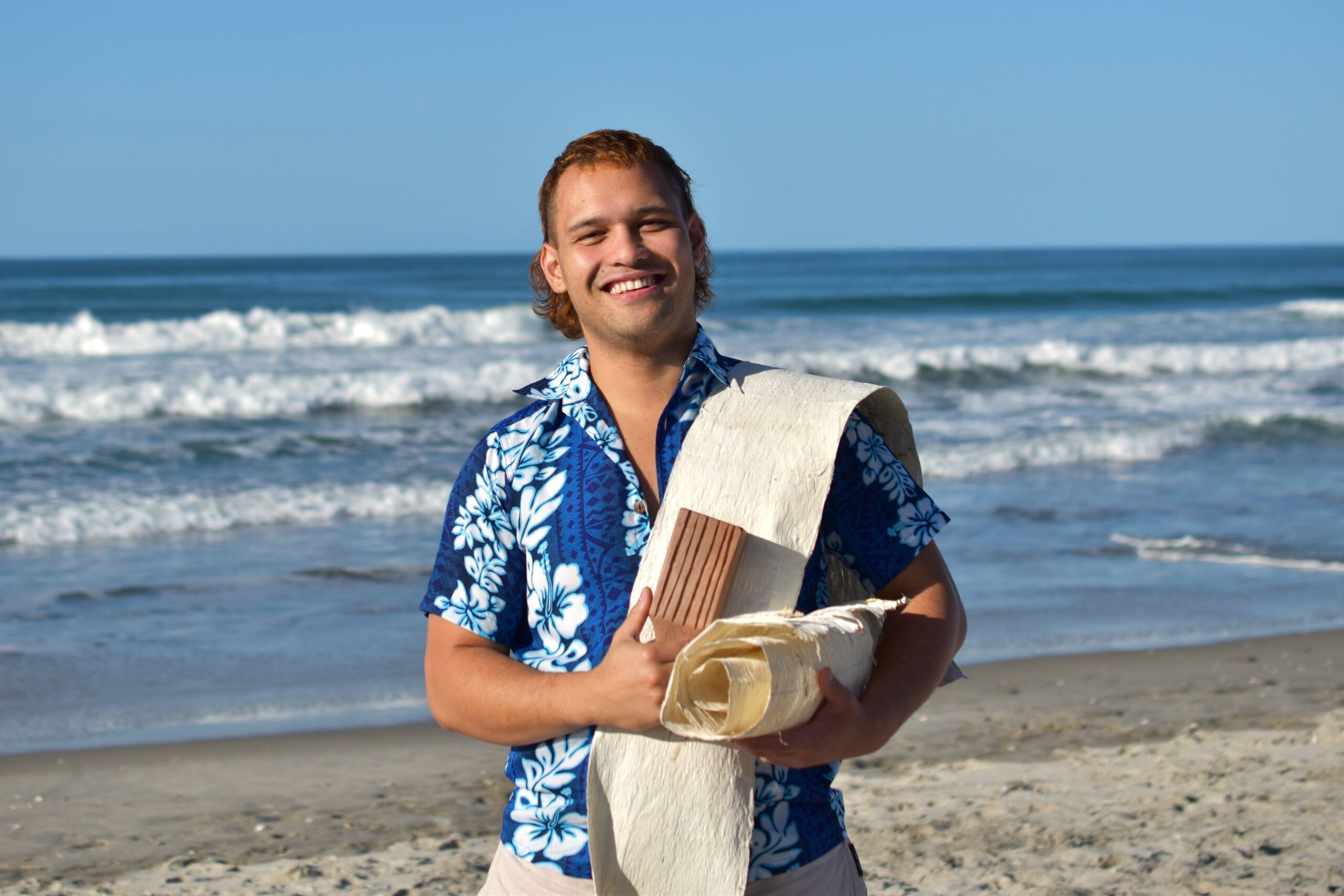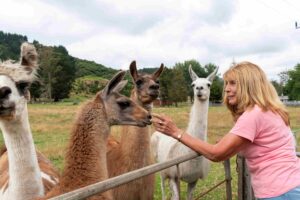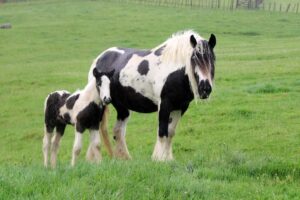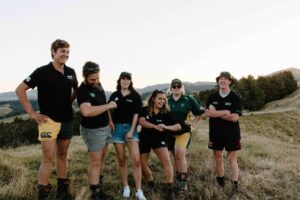An artist’s journey to learn more about traditional Māori crafting materials has led to the discovery of a long-lost taonga in the Komata hills outside Paeroa.
Arapeta Hākura, a Māori textiles artist and lecturer, has been searching for aute plants in the Hauraki district. The plant, also known as paper mulberry or broussonetia papyrifera, was originally brought to New Zealand with Tainui, Arapeta said.
“The mulberry is technically an invasive plant, but because these were planted when Tainui first arrived in the Hauraki, it’s a taonga,” he said.
“I’m assuming that it’s from Tahiti, because that’s the variant of mulberry that came over on the Waka Tainui. These are sites of significance.”

Journal papers from the late 1800s suggest that the plant, which struggled to adapt to the cooler climate, had died out in New Zealand around the 1850s.
However, Arapeta had suspicions there were some aute left in Hauraki. His research led him to a listing on the iNaturalist website by a member of the public claiming to have found a paper mulberry on Komata Reef, and he immediately reached out. The pair went for a tramp in the hills, and confirmed the finding. Arapeta has also since found another aute in Waitawheta.
“So there was the one in Komata… And then the other one is along the Waitawheta River. That sits on conservation land. And that grove is slightly different to the one that’s in Komata,” Arapeta said.
“From my observation, they do look like different species. You can tell by the leaf morphology… The one up at Komata is very open-leaved, with about two or three little tooth or grooves in. The one in Waitawheta, it’s like a distinct five-leaf with grooves on the inside. And that’s more commonly seen in kind of the Pacific Islands.”
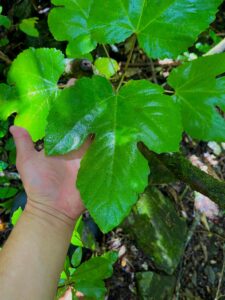
The discovery has developed from Arapeta’s research into aute as an art practice, and his work on reconnecting with his whakapapa. He comes from the Tukaramaine (Coromandels) family, who were some of the original kaitiaki of the region.
“That’s how I started my journey, looking at whakapapa and then realising that it’s a family practice and that, yeah, there’s a responsibility behind that to be a part of the movement of reviving it,” he said.
“There were many different families who were kaitiaki, but the Coromandels were one of the predominant families. We’re mostly known for growing in Kaiaua, which is where we had the last of our plantations that were known. I want to say around 1890 is when the last observation of the grove was there, but there’s a really famous proverb that’s been passed on that the Hauraki was the place where aute grew.”
Once a normal sight across the peninsula and Hauraki region, Arapeta said aute was a plant with high status among his people, and was often planted beside a whare to mark the burial of a chief.
“My intentions with researching and locating mulberry isn’t necessarily to be like, I’m making claim to this – it’s just making it known to people that they’re there and that there are certain responsibilities that I now feel responsible for, like upholding the well-being of those spaces.”
As far as using the material, Arapeta tries to stick as closely to traditional practices as possible, beating out the aute bark with wooden beaters and colouring it with natural pigments.
“Most artists, we have our different niches, and mine happens to be Māori material arts, which then goes into botany, it goes into archaeology, it goes into different sciences ,” he said.
“It’s absolutely holistic. Everything is interrelated – if you do one, you know the other. I’m not just making, I’m also going out and looking at plants and doing all the other really good stuff.”
The aute Arapeta prepares will be made into adornments, such as earrings, taniko (shoulder bands), and headbands.
“I’m going to paint them and put different geometric patterns, which represent different histories and all that kind of stuff,” he said.
“My general rule is to always use natural materials, and just try to keep it as authentic as possible. I always like to reflect on what’s happened in the past to inform what I make now. But yeah, there’s been aute that I have worked with that isn’t really good for cloth. It’s quite thin, so I’ve ended up just kind of mushing it together and making paper.”
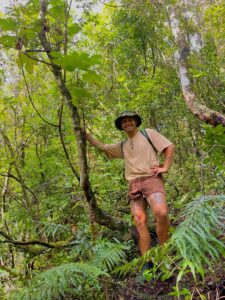
Now, Arapeta plans on expanding his research and seeing if he can find other aute hidden away.
“And a lot of that will be looking at maps, align[ing] them with hiking trails and also archaeology maps and try[ing] to find hotspots,” he said.
“In terms of my research, I definitely want to move it into the academic field. There will be reports that I’ll be writing as well that lead up to a publication.”
He’s hopeful there are other plant enthusiasts in the region who have spotted the plant, and will be reaching out to the public.
“Someone else that I’m really wanting to look out for is someone who kind of has that knowledge around where sites are… anyone who knows around archaeology practices in the Coromandel,” he said.
“I think it takes a community to revive something.”

